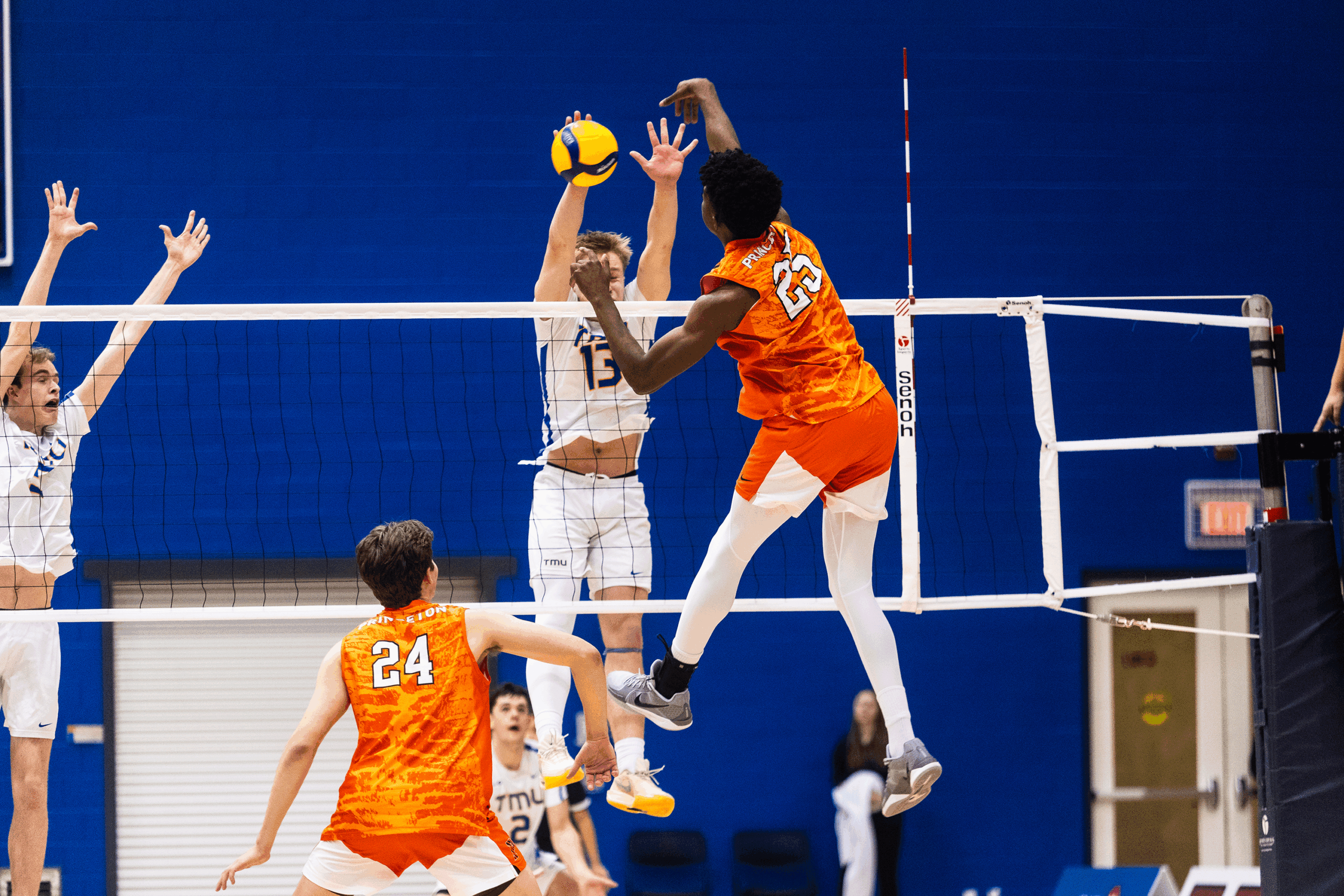By Robyn Urback
The narrator has less vocal flair than Ben Stein. The music and actors’ hairstyles are circa 1985. The unnecessary slide transitions reek of someone who just learned to use PowerPoint.
And it might take more than 11 hours to complete.
The Anti-Doping Online Course, an educational tool used to inform students of drug-use regulations, is mandatory for every Ryerson student-athlete. Students are required to log onto a webpage and watch a lengthy presentation.
Lynn Kaak, an athletic therapist at Ryerson, said the course is ineffective and the consequences for athletes who don’t take it can be severe.
“You can have them log on, you can have them go through the motions but they’re not learning a damn thing,” said Kaak.
Roman Kabanov, a first-year business student and member of the men’s volleyball team, managed to make it though most of the course. “I watched the first 25 minutes or so,” he said. “Then I went to do something else. It’s pretty bad.”
Kaak, who oversees the administration of the course, said that many students are taking far longer than what is reasonably expected to complete the course.
The first-year program should take about 40 minutes. Students in their second, third and fourth years complete an abbreviated, 20-minute version. Kaak also took the course, wanting to see just how bad it is herself.
“Let’s be honest, that thing is so damn boring you start tuning out in a hurry,” she said.
The Anti-Doping Online Course was just created this year.
In previous years, the Canadian Centre for Ethics in Sport would send pamphlets and brochures outlining drug policies.
“I think the thought with this is, ‘wow we’ve got a generation that’s really plugged into the computer, they’ll be all over this,’” said Kaak. “But I’m curious as to how many of the administrators who thought ‘this is a really great idea’ actually sat down and watched this thing.”
It just so happens that Tom Huisman, director of operations for Canadian Interuniversity Sport, did sit down and watch it. And he does think it’s a really great idea.
“It’s convenient for students to do it on their own time,” he said. “The message is consistent across the country. All of the feedback has been very good.”
Kasandra Bracken, a member of the women’s volleyball team, barely watched the video at all.
“I just left it on,” she said. “Went on my Facebook, went on my MSN. [The course] was mostly common sense.”
Not all of it is common sense. The course provides information about banned substances that many athletes are not aware of. For example, special forms need to be filled out for certain medications taken by people with asthma, diabetes, and attention deficit disorder.
“It’s called inadvertent doping,” said Kaak. “Taking something they don’t realize can be a banned substance. I’m more worried about that.”
But with students tuning out the video, Kaak resorts to speaking with each team individually.
“I like the old fashion me standing in front of you, having your attention for 20 minutes, saying this is it, make it brief, I’m your resource on this one,” she said.
As well as concern for students getting sanctioned for inadvertent doping, Kaak is concerned about marijuana use. “I’m not naïve, I know we have athletes that do pot,” she said. “We try to explain that you can’t do this, and if you get tested, you’re gonna look like a total ass.”
The anti-doping course explains that marijuana is on the list of banned substances.
However, this information isn’t conveyed to students who don’t pay attention.
Kabanov, for example, said he was unaware that marijuana is on the list of banned substances. But just because they know it’s banned doesn’t mean they’ll stop.
“I think they play the odds… it’s like speeding, it’s illegal, but what are the odds of getting caught?” she said.
The odds aren’t great. Although no Ryerson student has ever tested positive for a banned substance, teams still undergo mandatory random drug tests. These tests are few and far between, and not all players are examined.
The women’s basketball team, for example, is scheduled to be drug-tested this month, but only two of the team’s players will be randomly selected.
Despite random testing, Kaak does not rely on the anti-doping course to inform student athletes at Ryerson.
“I think it’s got potential but it’s too easy for people not to watch it,” she says. “It’s a nice idea. Good effort, poor execution.”










Leave a Reply